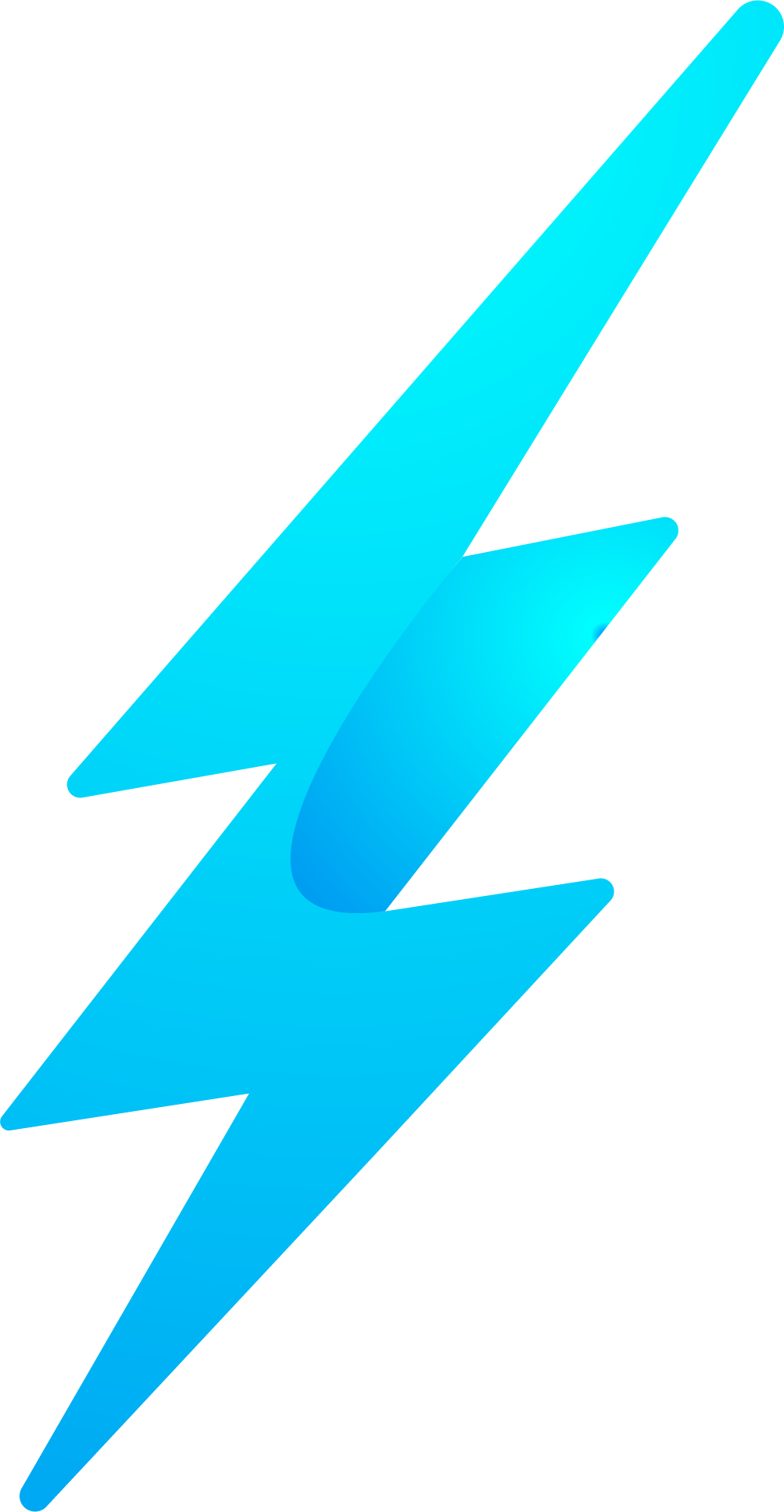Hashtags are one of the most underrated tools on social media. When used strategically, they can significantly boost your content’s visibility, reach new audiences, and increase engagement—especially on platforms like Instagram, LinkedIn, TikTok, and X (formerly Twitter).
But slapping on 30 random hashtags won’t get the job done. To see results, you need a well-thought-out hashtag strategy that’s tailored to your brand, content, and audience.
Let’s break down the most effective ways to use hashtags to increase your reach in 2025.
Understand the Purpose of Hashtags
Hashtags are essentially labels. They help categorize content and make it discoverable to users who are interested in a particular topic or niche. When someone searches or follows a hashtag, your post can appear in their feed—even if they don’t follow you.
Used correctly, hashtags help you:
-
Get discovered by new users
-
Join relevant conversations or trends
-
Categorize your content
-
Reach niche communities
-
Improve engagement and visibility
Use the Right Number of Hashtags (Per Platform)
Not all platforms treat hashtags the same. Here’s a breakdown of what works best:
-
Optimal: 8–15 relevant hashtags per post
-
Maximum allowed: 30
-
You can place them in the caption or first comment
TikTok
-
Use 3–6 highly relevant hashtags
-
Mix trending and niche tags
-
Use 3–5 professional, industry-focused hashtags
-
Avoid clutter; relevance is more important than volume
X (Twitter)
-
1–2 is optimal
-
Focus on short, high-traffic or trending tags
YouTube
-
Use hashtags in your video description and title
-
3–5 strategic tags related to content category or niche
Types of Hashtags to Include
The key to reach is variety. A strong hashtag set includes different types of hashtags that serve different purposes.
1. Industry Hashtags
These describe your niche or sector.
Example: #DigitalMarketing, #WebDesign, #FitnessTips
2. Community Hashtags
Used by like-minded people in a niche to find each other.
Example: #MakersGonnaMake, #WritersOfInstagram, #FemaleFounders
3. Branded Hashtags
Unique to your business or campaign.
Example: #SavitarGlobal, #ThinkLikeASavitar
4. Content-Specific Hashtags
Directly describe the photo, video, or message.
Example: #ProductivityHacks, #MorningRoutine, #UXDesign
5. Trending Hashtags
Current popular topics or challenges.
Use with care and only when relevant to your content.
Example: #MondayMotivation, #ThrowbackThursday
6. Location Hashtags
Helps connect with local audiences.
Example: #MelbourneDesigners, #SriLankaStartups
Avoid Banned or Irrelevant Hashtags
Using banned or overly generic hashtags can kill your post’s reach or get you shadowbanned. Instagram, for instance, hides posts using flagged hashtags—even if you didn’t know they were problematic.
To avoid:
-
Check hashtags before using them
-
Avoid spammy or overly broad tags like #followme or #instagood
-
Never use hashtags that have no relevance to your post
Tools like Flick, Later, and IQHashtags can help identify banned tags or overused ones.
Research Before You Post
Hashtag research is just as important as keyword research. Here’s how to do it effectively:
-
Look at competitors and industry leaders to see which hashtags they use
-
Type your hashtag ideas into the Instagram search bar and look at post volume
-
Use hashtag generators (like Hashtagify or Display Purposes) for inspiration
-
Save your best-performing sets and test new ones in rotation
If a hashtag has over a million posts, your content might get buried. Combine big tags with mid-range (100K–500K) and niche (under 50K) tags to find balance.
Create Hashtag Sets
Instead of coming up with new hashtags every time, create 3–5 pre-built sets you can rotate based on the post type.
For example:
Set A (Educational Posts)
#SocialMediaTips #ContentMarketing #MarketingStrategy #SmallBusinessOwner #OnlineGrowth
Set B (Behind-the-Scenes)
#CreativeAgency #StartupLife #BehindTheBrand #DesignWorkflow #DigitalStudio
Set C (Promotional)
#LimitedOffer #LaunchDay #NewDrop #OnlineBusiness #WorkWithUs
You can keep these saved in your Notes app or social scheduling tool for easy access.
Track Performance and Optimize
Not all hashtags will perform the same. Track which ones actually deliver results by monitoring:
-
Post reach
-
Profile visits from posts
-
Engagement (likes, shares, comments, saves)
-
Discovery analytics in Instagram Insights
After a few weeks, eliminate underperforming hashtags and double down on the ones that consistently drive visibility and interaction.
Use Hashtags in Stories, Reels, and Bios
Hashtags aren’t just for feed posts.
-
Stories: Add a hashtag sticker or text. This can get you featured on the hashtag’s story.
-
Reels: Add hashtags in your caption or as text overlays. This boosts discoverability under audio- or topic-related categories.
-
Bio: Include your branded hashtag so users know how to tag you or browse your community content.
Final Tips
-
Always prioritize relevance. Using a trending hashtag unrelated to your post will confuse users and damage trust.
-
Don’t copy/paste the same hashtag block on every post—rotate and refresh regularly.
-
For branded campaigns, create a custom hashtag early and encourage your audience to use it.
Conclusion
Hashtags are not dead—they’re just misunderstood. When used strategically, they serve as one of the most powerful free tools to increase your content’s reach and grow your audience.
Take time to plan, test, and evolve your hashtag strategy. Whether you’re a creator, startup, or growing brand, the right hashtags can help you show up exactly where your audience is looking.



